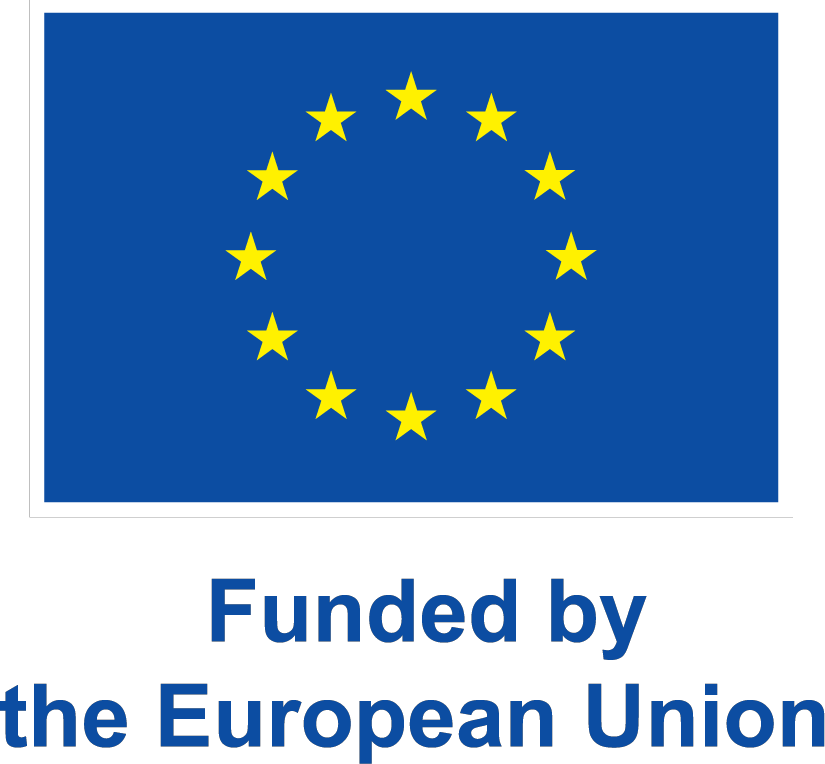
Written by Natalie Lundquist• September 19, 2024• 2:00 pm• Fieldwork & Travel
Porpoise Pursuit: Camille’s Journey to Capture Denmark’s Elusive Cetaceans
Camille Rondeau Saint-Jean uses advanced drones to film and study Denmark’s elusive harbour porpoises, focusing on a uniquely identifiable porpoise named NotchSure and her calf, Elvis.
(Visited 65 times, 1 visits today)
Last modified: September 19, 2024
Get in touch
Contact us on WildDrone@sdu.dk



WildDrone is an MSCA Doctoral Network funded by the European Union’s Horizon Europe research and innovation funding programme under the Marie Skłodowska-Curie grant agreement no. 101071224. Views and opinions expressed are those of the author(s) only and do not necessarily reflect those of the European Union or the European Commission. Neither the EU nor the EC can be held responsible for them.
© 2022-2026 WildDrone - A Marie Sklodowska Curie Actions Doctoral Network.

